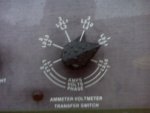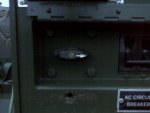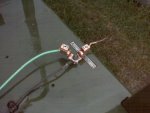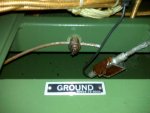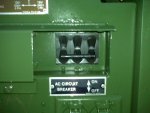September 13th, 2009.
Dear Drjconley:
In addition to what coyotegray has said above about the hooking up of your generator and the need for a transfer switch, permit me to emphasize the need for the transfer switch.
The best transfer switch set-up on your house service entrance would or should, ideally use a no-voltage relay. The relay senses the voltage loss on the commercial power line, and if power is not restored , the relay will drop out and stay dropped out. The transfer switch (No Voltage relay actuated) serves to isolate, or disconnect your house circuits from the public power system, and when it drops out it should connect your generator to your house circuits when you cut the generators main braker on its control panel in.
Then you get lights, heat and whatever the generator can drive within its load limits. Some civillian generators are set up to start and automatically connect to your house panel when the transfer drops out.
You may want to have some indicator light installed by your electrician to sense when power is restored on the public utility sideof the transfer switch, so you know when power has been restored (you may live so far back in the hills that they have to pipe sunlight in, I don't know if you have other houses visible close by), so you can cut out your generators main breaker and shut it down, then manually restore your line power at the transfer switch.
The additional purpose of the transfer switch between your house main electrical panel and the public utility and generator driven power supply, is to prevent the public utility, when it restores power, from "Motoring" your generator set. The generator will, if it receives power from the public utility, attempt to act as an electric motor, and if it does, it will generally destroy your generator's engine, as it's governor will not be able to cut back
the engine R.P.M's with the generator motoring it.
Sure, the idea for the transfer switch is also not to fry a lineman working on the public utility's lines, but it also mechanically disconnects your generator and protects it when the power is restored.
Just my two cents worth,

Cheers,
Kyle F. McGrogan


